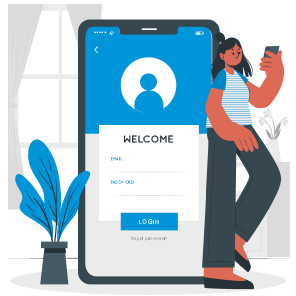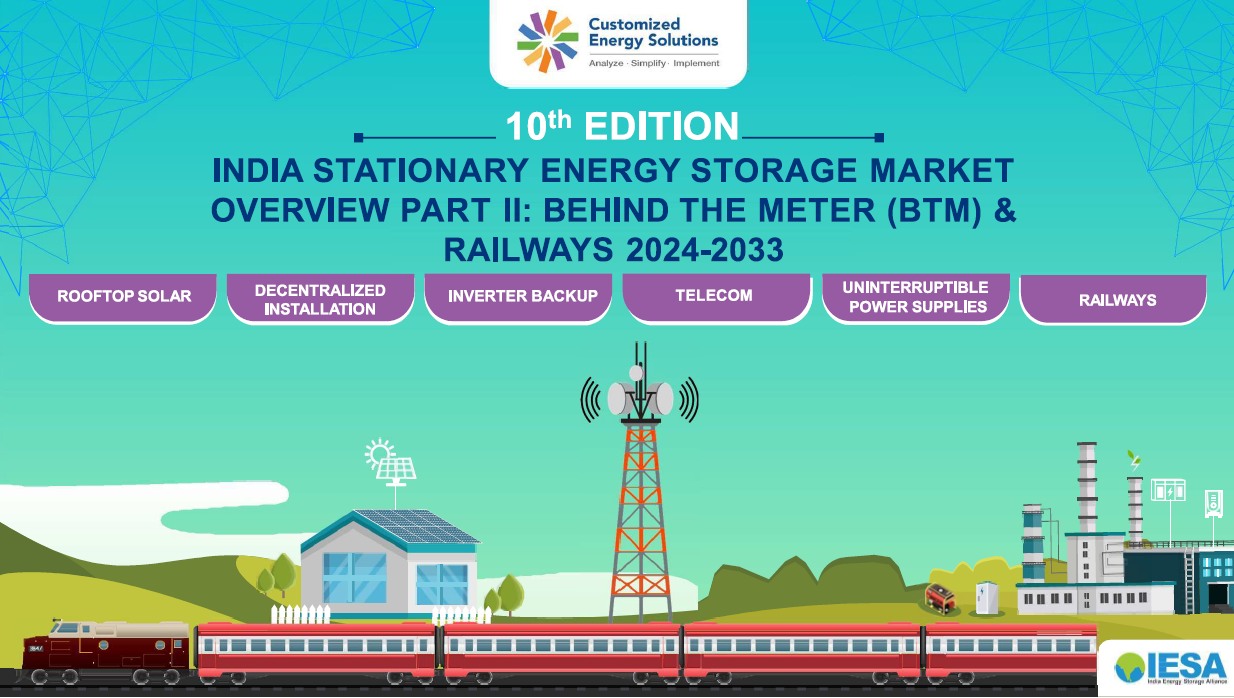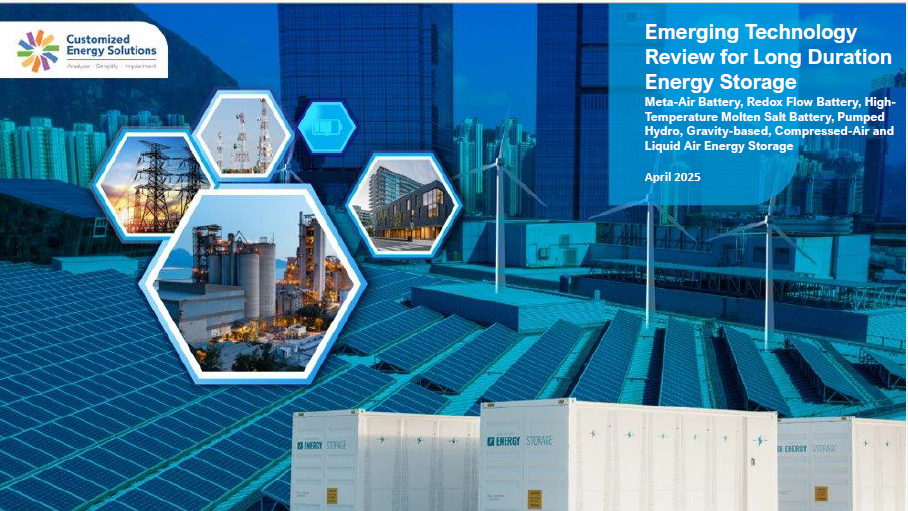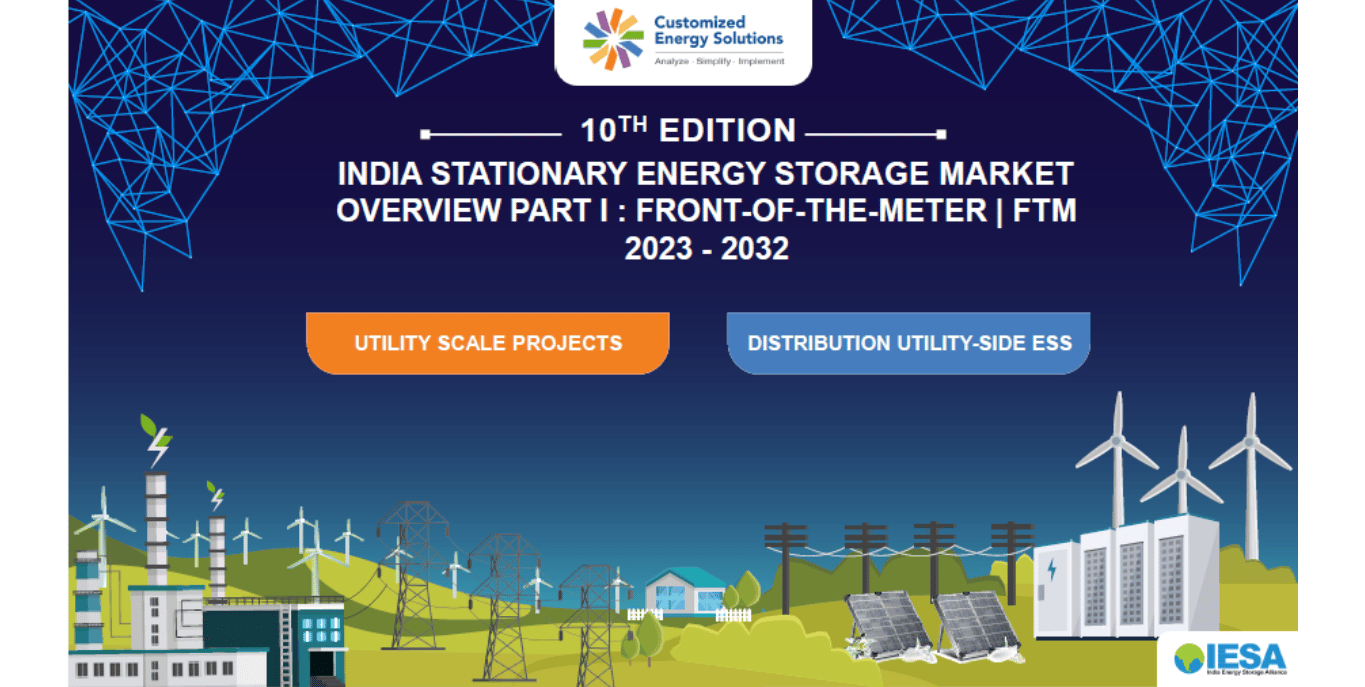India Energy Storage Market Overview Part II: Behind the Meter(BTM) & Railways 2024-2033. · The report explores the current and projected growth of BTM stationary energy storage in India (2024–2033). · Highlights key battery technologies with a focus on advanced chemistry solutions like li... Read more
Given the increasing complexity of power systems due to variable renewable energy sources and rising energy demands, long duration energy storage (LDES) emerges as a critical solution for enhancing grid stability, managing demand, and ensuring reliability. LDES technologies - including electrochemic... Read more
India’s Electric Vehicle Charging Infrastructure (EVCI) Market Report estimates that, as of 2024, India had around 76,000 cumulative public and captive charging points, with a total installed charging capacity of approximately 1.3 GW. The report outlines the cumulative EV charging infrastructure... Read more
• India FTM Stationary Energy Storage Market Overview• Need For Energy Storage In The Indian Grid• Evolving Policy Framework For Energy Storage Adoption• Market Drivers For Growth• FTM Energy Storage Market Forecast By Megawatt Hour• FTM Energy Storage Market Application Split Read more
The report provides a comprehensive analysis of electric vehicles (EVs) and battery gigafactories in India, emphasizing forecasts for EVs and advanced chemistry cell (ACC) battery demand for 2032 and 2047. It details demand estimates across the entire battery value chain, including upstream (mineral... Read more
India's Behind-The-Meter (BTM) energy storage market, currently at 33 GWh in 2023, is poised for significant expansion, with projections indicating growth to over 44 GWh by 2032. This upsurge is primarily driven by the demand in the telecom and UPS sectors. Central to this growth narrative is the ri... Read more
The world is undergoing an immense transition in one of the most key aspects governing our lives. It is in the generation, availability and use of energy which supports all dimensions of our existence. Food production, processing and delivery, infrastructure development, clothing industry, transport... Read more
India Electric Vehicle Market Overview 2022 & 2023 EV sales in India were recorded at 1.3 million for 2022, and are expected to touch 1.7 million units by the end of 2023 according to IESA’s projection as per business-as-usual scenario. EV market in India is expected to witness CAGR of 35% fr... Read more
Sustainability and net zero emissions are the most spoken words of the decade in the energy sector. Several nations across the globe have committed to net-zero emissions targets slated to be achieved by the year 2040 to 2070. The goal is to achieve these targets through renewable energy, energy stor... Read more












